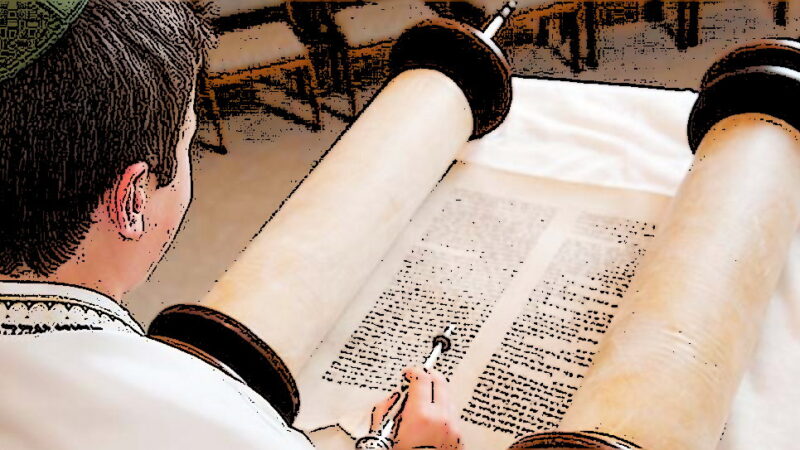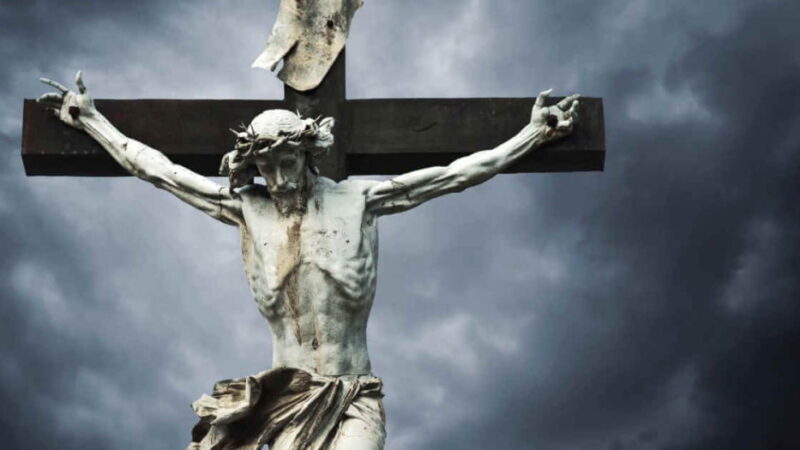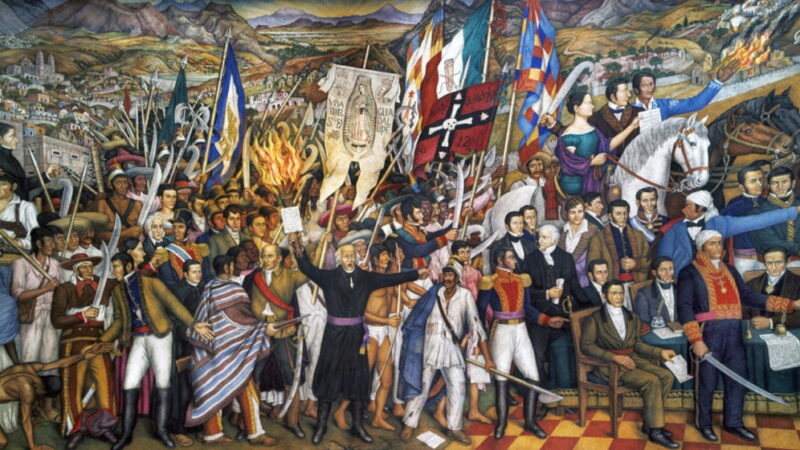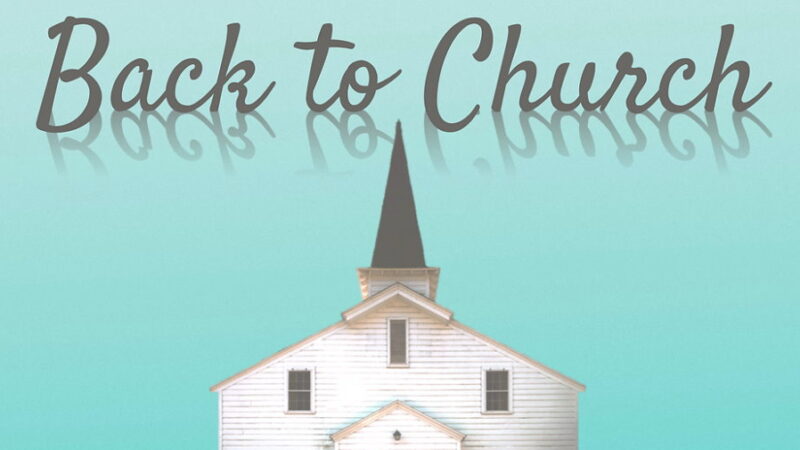Simchat Torah is on the day after Sukkot. This holiday marks the end of the annual cycle of reading the Torah, the main book in Judaism. Celebrations on this day include solemn hakafot processions, jubilation, and dancing, all of which serve to express love and faith in the Creator.
History
Simchat Torah, which translates to “the joy of the Torah,” has been known since the time of the Talmud. Initially, it was separate from Sukkot, but during the years of the Babylonian Gaons, a one-year cycle of reading the Torah was established. It is customary to start the next cycle of reading on the same day to prevent Satan from saying that the Jews are happy to finish reading and do not want to start again. During the festive ritual, Torah scrolls are carried seven times in circles at the bima (elevated places in the synagogue used for reading the Torah). All adult men are called to read sacred texts, and boys who have not yet reached the age of bar mitzvah are called to read the final part. At the same time, a tallit (a vestment in the form of a rectangular bedspread made of white cotton or silk fabric) is stretched over the heads of the children.
Interesting Facts
- During the celebration, women and men dance separately: boys dance with men, and women dance in another part of the synagogue.
- In 12th century Spain, a tradition arose to call two people to read the Torah: as soon as one finishes reading “And this is the blessing,” the second begins reading from the chapter “In the beginning.”
- Festive meals are arranged, with special attention paid to children: it is customary to give them various gifts and sweets, such as candy, pies, and apples dipped in honey.
How to Take Part
On the occasion of the holiday, you can join the festive procession or be an observer. The celebration begins with an evening service, hakafot, accompanied by traditional chants and readings of biblical verses. Parishioners are also allowed to sing other popular songs during the dances. In Orthodox synagogues, boys and men mostly participate in the celebrations, while children and young girls can dance with their fathers. Women and girls can also dance their own dances or watch the hakafot from their section of the synagogue. The night service can continue until the morning, after which it transitions into the morning service, which includes a special holiday prayer – Amida.
When is Simchat Torah in 2025?
| Weekday | Month | Day | Year |
| Wednesday | October | 15 | 2025 |
| Sunday | October | 4 | 2026 |
| Saturday | October | 23 | 2027 |
| Thursday | October | 12 | 2028 |
| Tuesday | October | 2 | 2029 |




